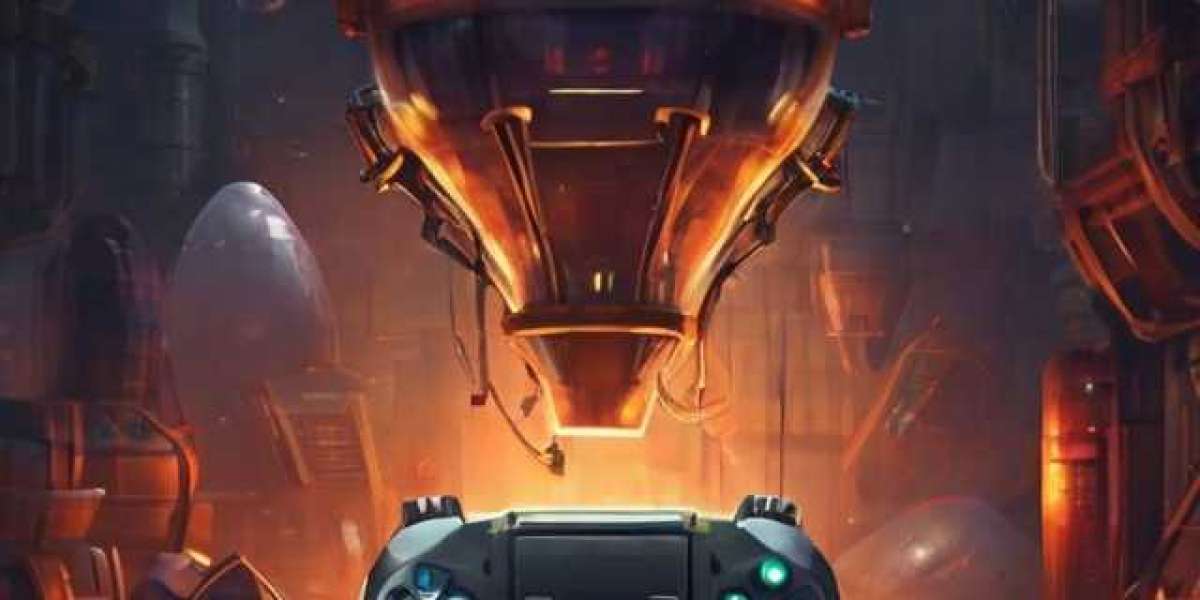In the ever-evolving world of gaming, pushing the boundaries is not just a desire but a necessity. Gamers crave new experiences, and developers strive to meet these expectations by breaking free from conventional norms. This blog explores groundbreaking game development ideas that have the potential to reshape the industry, ushering in an era of unparalleled innovation.
1. Interactive Storytelling Realms
Redefining Narratives
Traditional storytelling often takes a backseat in gaming. Imagine a game where the narrative evolves based on the player's choices, not just at key moments but continuously throughout the gameplay. Interactive storytelling realms allow players to shape the plot, making each playthrough a unique and personalized experience.
Dynamic Character Development
Introduce characters with evolving personalities and story arcs that adapt to the player's decisions. This dynamic character development creates an emotional investment, as players witness the consequences of their choices on the virtual personas within the game.
2. Immersive Virtual Reality (VR) Adventures
Beyond the Screen
VR technology has come a long way, but its potential in game development is still largely untapped. Imagine a game where players aren't just controlling a character on a screen but embodying it in a virtual world. This level of immersion can redefine gaming, making it a truly visceral experience.
Multi-Sensory Integration
Take VR to the next level by incorporating multiple senses. Haptic feedback, scent emitters, and even temperature changes can be synchronized with the game environment. This multisensory integration creates an all-encompassing experience that blurs the lines between the real and virtual worlds.
3. Procedural Content Generation Marvels
Endless Worlds
Bid farewell to static game environments. Procedural content generation involves algorithms creating dynamic and ever-changing game worlds. This not only offers infinite possibilities for exploration but also challenges players in a way that scripted environments can't.
Adaptive Difficulty Scaling
Incorporate AI-driven algorithms that adapt the game's difficulty based on the player's skill level. Procedural generation extends beyond the visuals to dynamically adjust challenges, ensuring players are consistently engaged without feeling overwhelmed or bored.
4. Blockchain-Powered Gaming Universes
Player-Owned Economies
Imagine a game where in-game assets have real-world value, and players have true ownership of their virtual possessions. Blockchain technology enables the creation of player-owned economies, where virtual items can be bought, sold, and traded securely.
Decentralized Gaming Ecosystems
Blockchain's decentralized nature can transform how games operate. From transparent reward systems to player-driven governance, blockchain-powered gaming universes can break free from centralized control, providing a more democratic and player-centric experience.
5. Artificial Intelligence (AI) Dungeon Masters
Dynamic Game AI
Move beyond pre-programmed enemy behaviors. AI dungeon masters can dynamically adapt the game world based on player actions. Whether it's crafting unique quests, adjusting the storyline, or modifying the environment, AI-driven elements keep the game experience fresh and unpredictable.
Personalized Gaming Experiences
AI can analyze player behavior and preferences, tailoring the gaming experience to each individual. From adjusting difficulty levels to generating content that aligns with a player's interests, AI-driven personalization takes customization to a whole new level.
Embracing the Future
The ideas outlined above are not just flights of fancy; they represent the potential trajectory of the gaming industry. As technology advances and developers continue to explore new horizons, these innovative game development concepts could become the norm rather than the exception. Breaking the mold is not just about defying convention but about creating experiences that captivate, challenge, and redefine the very essence of gaming.
Conclusion
In the ever-evolving landscape of gaming, the pursuit of innovation is the catalyst for a transformative future. The game development ideas explored in this blog are not mere speculations; they represent the vanguard of a revolution poised to redefine the boundaries of interactive entertainment.
As we envision interactive storytelling realms, immersive virtual reality adventures, procedural content generation marvels, blockchain-powered gaming universes, and AI dungeon masters, it becomes evident that the future of gaming is boundless. These ideas are not just fanciful concepts but tangible possibilities that can reshape how players engage with virtual worlds.
Embracing these innovative game development services is not just about breaking the mold; it's about dismantling traditional paradigms and constructing experiences that transcend the ordinary. The synergy of technology, creativity, and player-centric design is the driving force behind this revolution.
Developers who embark on this journey of exploration and integration will not only push the boundaries of gaming but also pave the way for a new era of player immersion, personalization, and ownership. The convergence of interactive storytelling, virtual reality, procedural generation, blockchain, and artificial intelligence heralds a golden age for the gaming industry.
As the gaming landscape transforms, embracing these innovative game development services is not an option but a necessity for those seeking to stay at the forefront of an ever-evolving industry. The journey ahead is one of endless possibilities, where the boundaries of creativity and technology blur, offering a playground for developers to shape the future of gaming in ways yet unimagined.






